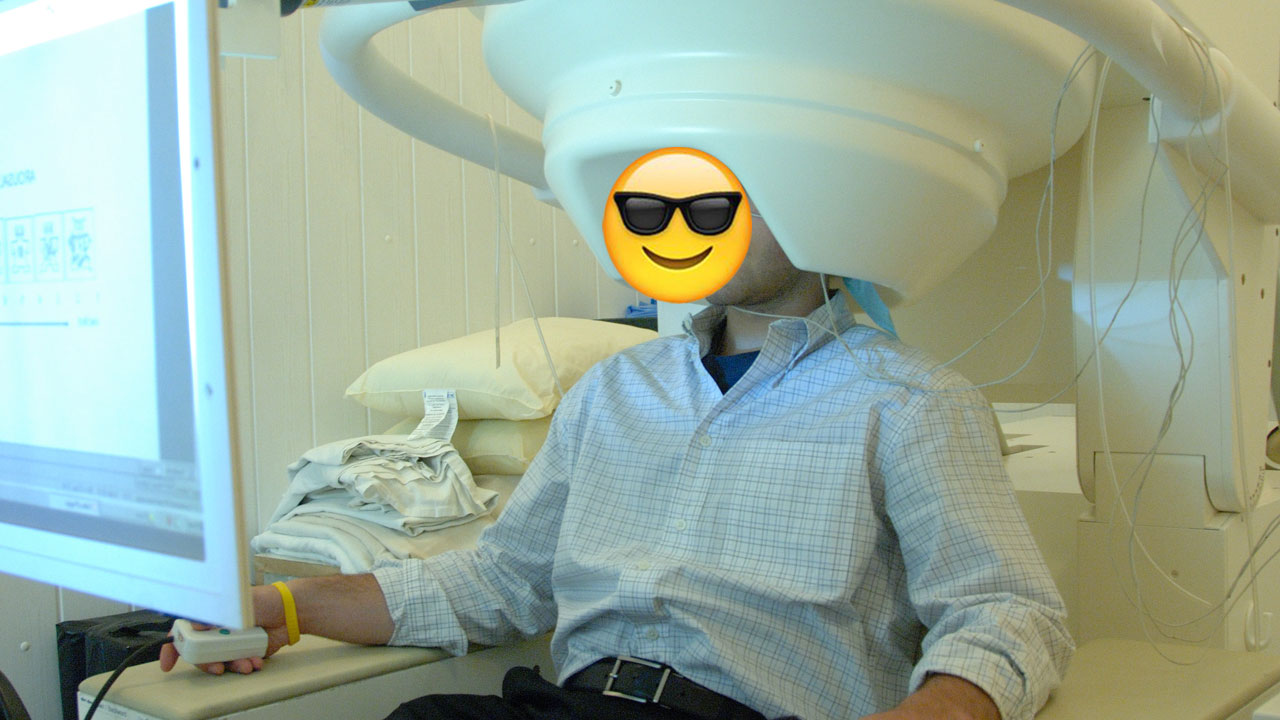Neuroscientists are hard at work figuring out how our brains interpret emoticons, which have become somewhat integral to modern communication. In past experiments like those conducted at Tokyo Denki University, scientists determined that the right inferior frontal gyrus (the part of our brain which processes emotions) is activated by a smiley or frowny face. However, emoticons would do not activate the right fusiform gyrus (a major facial recognition processing region). This suggested that our brains do not view emoticons as faces, but as pure symbols of emotion.
An experiment lead by psychologist Owen Churches contradicted the previous findings. The experiment tested whether emoticons written forward and backwards — for example, 🙂 and (-: — would result in the same electrical responses in the brain. Fast Company explains:
In simple terms, the researchers wanted to know if emoticons, both normal and inverted, produce a similar N170 effect. Sure doesn’t seem like it. While normal emoticons did produce a large N170 signal, inverted emoticons produced a smaller one (below), the researchers report in a 2014 issue of Social Neuroscience. They suspect that flipped emoticons lose their cohesive symbolic meaning — becoming just a loose collection of punctuation.
Scientists also compared these results to brain activity of study participants that were shown upright and inverted faces. They found that there was a similar response in the brain, demonstrating that perhaps, we now more readily read emoticons as faces. Speaking directly about the study’s contradictions with previous research, Churches says:
Thirty years ago, this activation of face-selective areas in the brain would not have been seen when 🙂 was presented. But our world has changed and so have we.
(Photo: Wikipedia)


